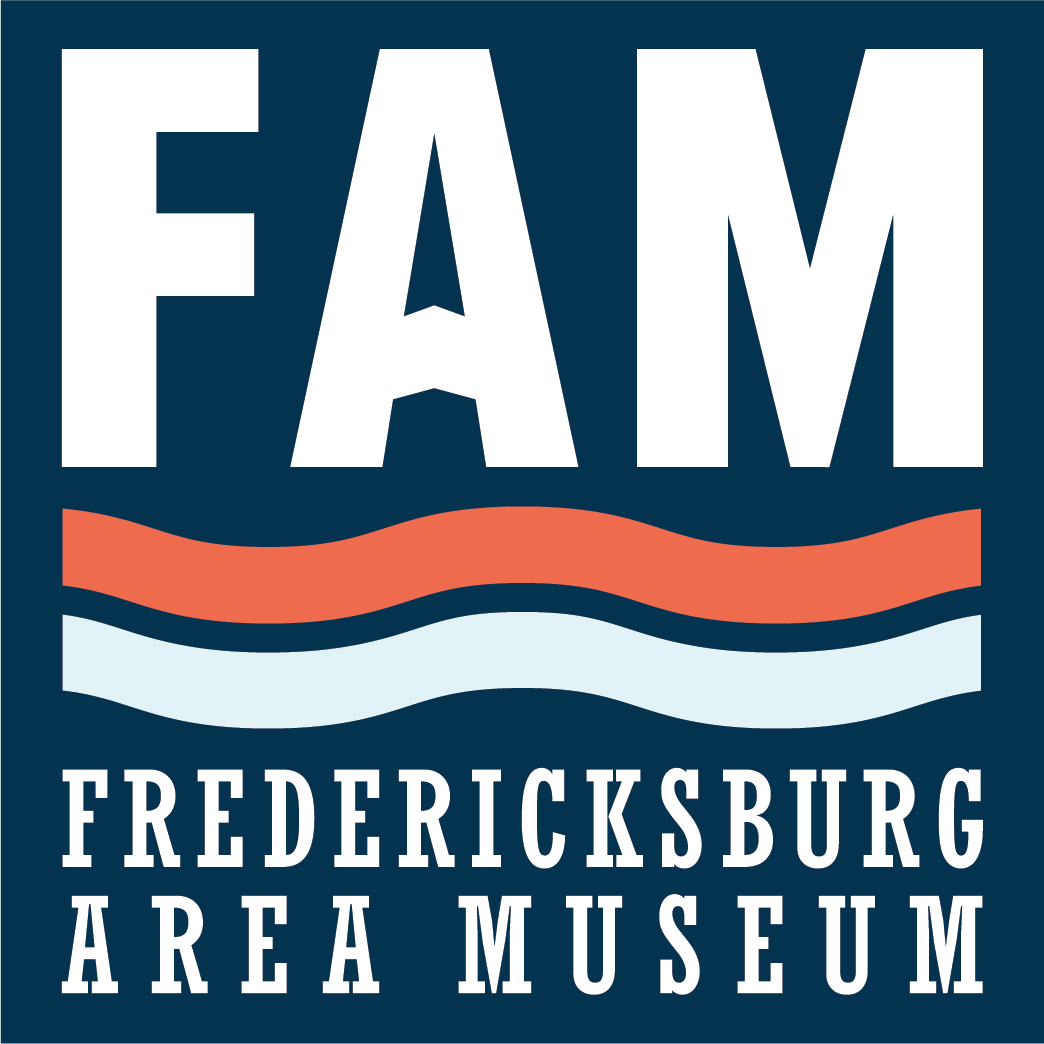Honoring & Preserving African American History
Projects and Initiatives
-
The Auction Block, associated with the sale of enslaved people in Fredericksburg, now resides at FAM as part of an ongoing exhibition. The installation, “A Monumental Weight”, explores the block's history and its cultural significance. In 2025, an ongoing memorial will be developed to honor those sold at the block.
-
The museum is leading the development of new wayside panels across Fredericksburg, providing context for the history of African Americans in the city. These interpretive markers will educate the public about key moments and figures in the region’s African American history.
-
FAM offers a range of thematic tours including the Black Business Tour, Sparking Freedom Tour, and special Black History Month Tours. These tours provide an in-depth look at the contributions and experiences of African Americans throughout the region’s history.
-
Past and upcoming exhibitions highlight African American history in Fredericksburg, including the Living Legacies exhibit. These exhibits provide a comprehensive view of the region’s African American heritage, from the enslaved community to present-day achievements
-
The African American History Committee works to advise on the development of exhibitions, programs, and community initiatives. It plays an instrumental role in advising on topics ranging from object collection to youth outreach.
Resources for Learning and Sharing
Access information and resources provided by our Curator of African American History and Special Projects, in collaboration with the African American History Committee
The Auction Block
The City of Fredericksburg contracted with the International Coalition of Sites of Conscience to complete an initiative that consisted of three phases. The first phase was an audit of the stories that the community tells about African American History and the slave auction block and how community members felt about those stories. The second phase focused more specifically on the “Slave Auction Block” through a series of public brainstorming sessions meant to imagine how the Block could be further interpreted. The final phase focused on public dialogues bringing the community together to talk about major community themes revealed during the first two phases.
